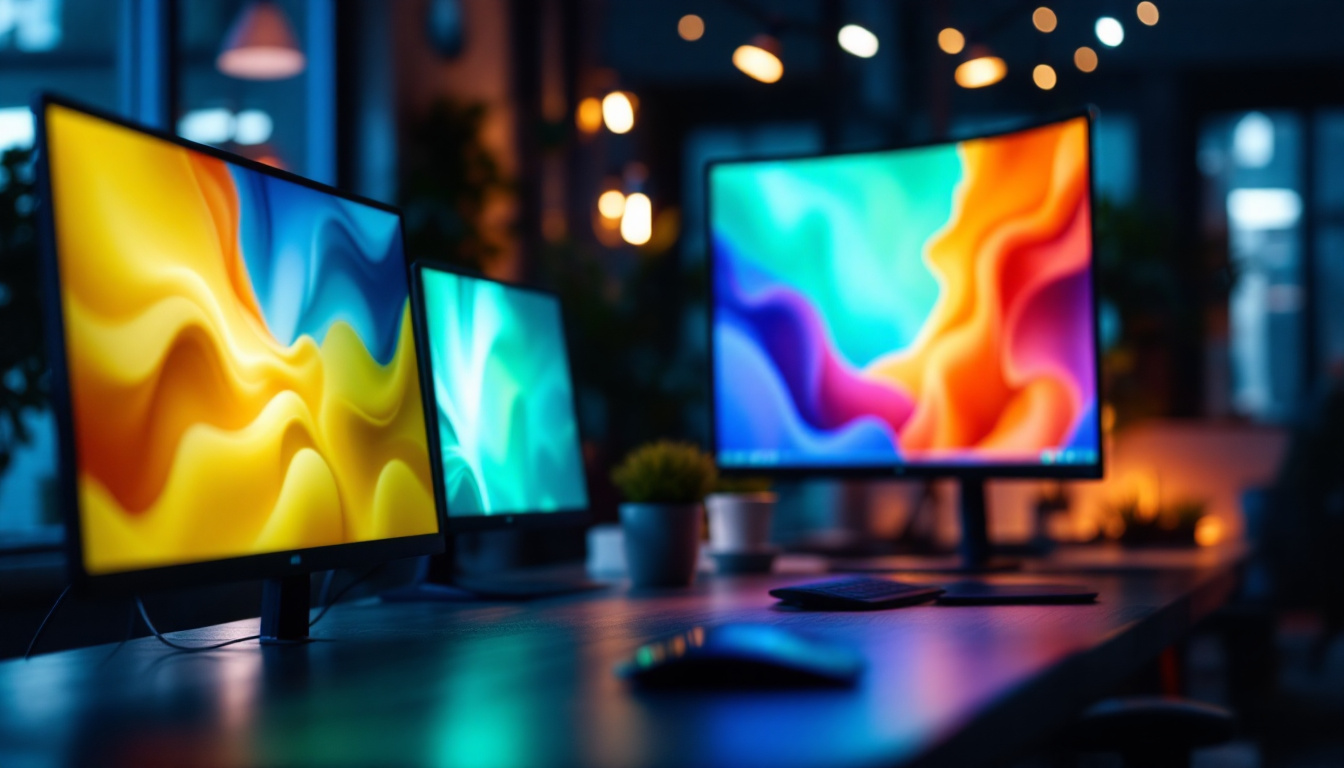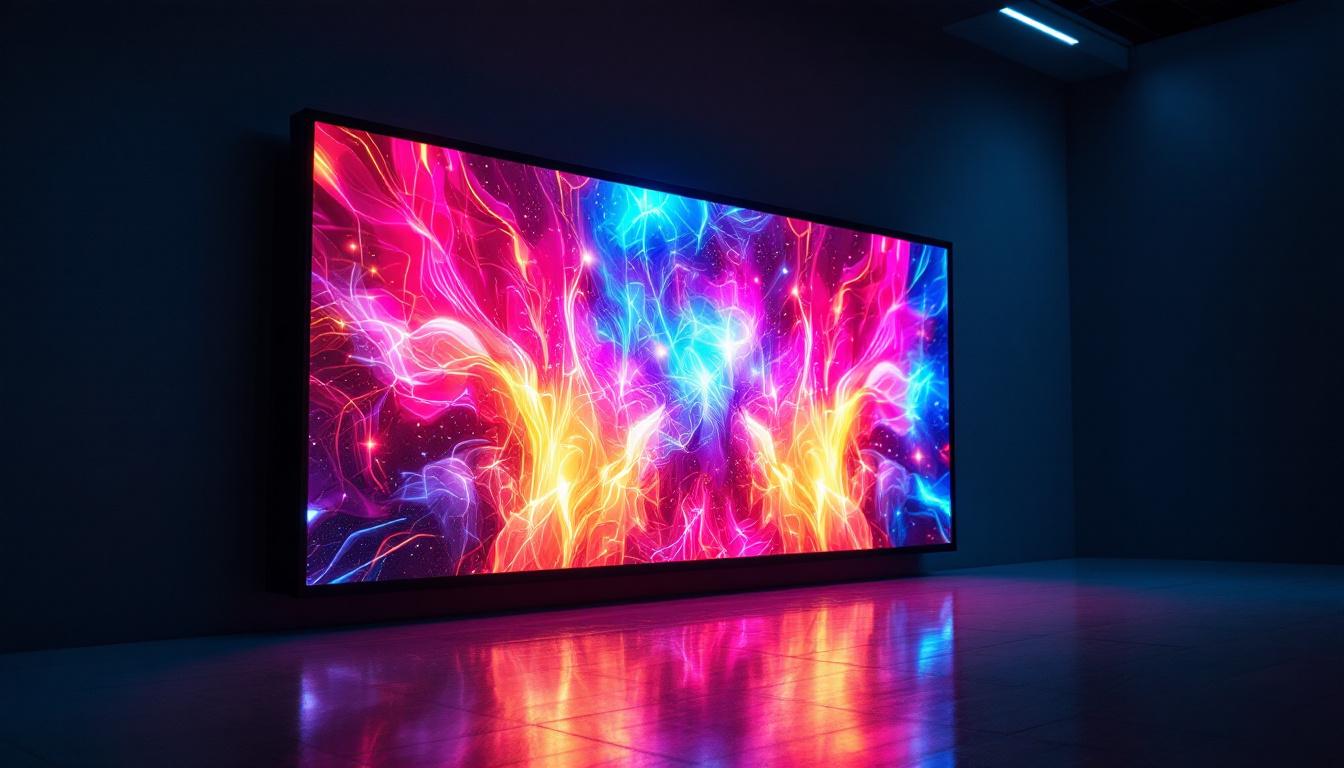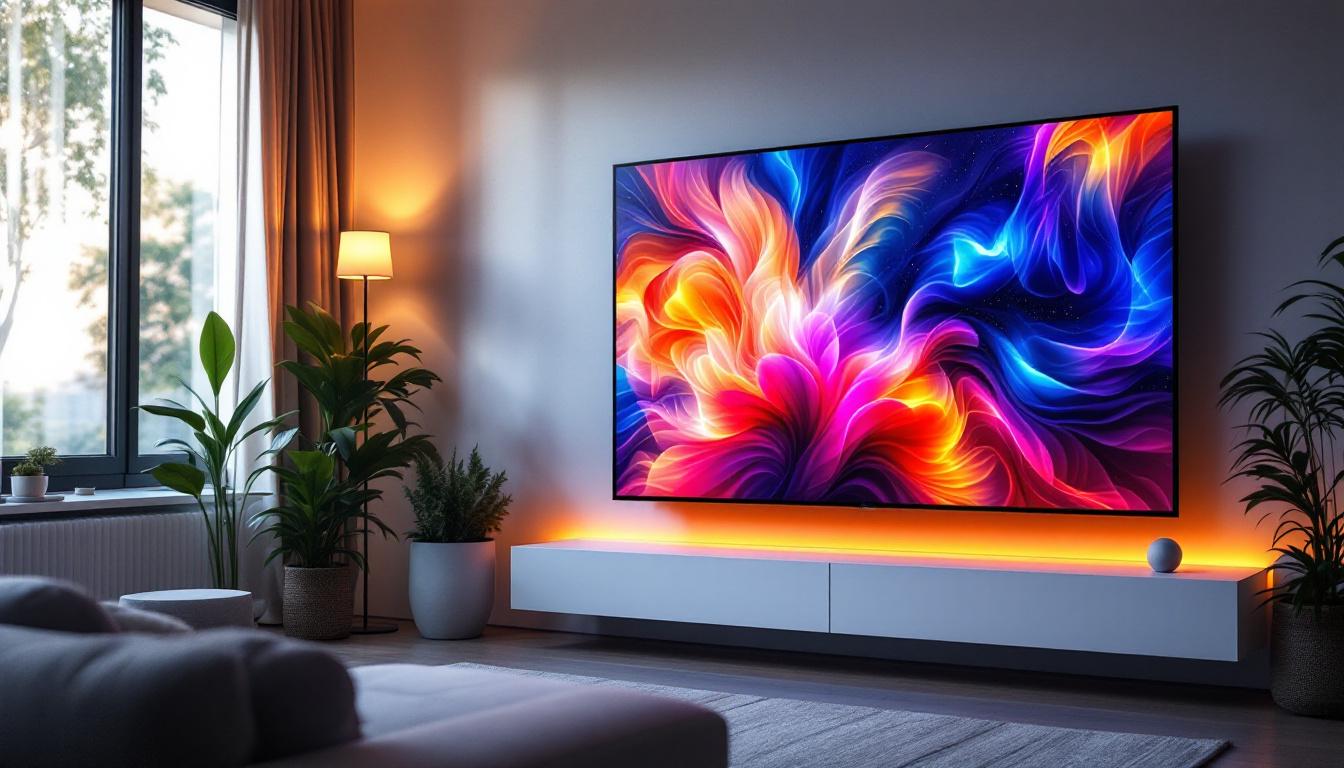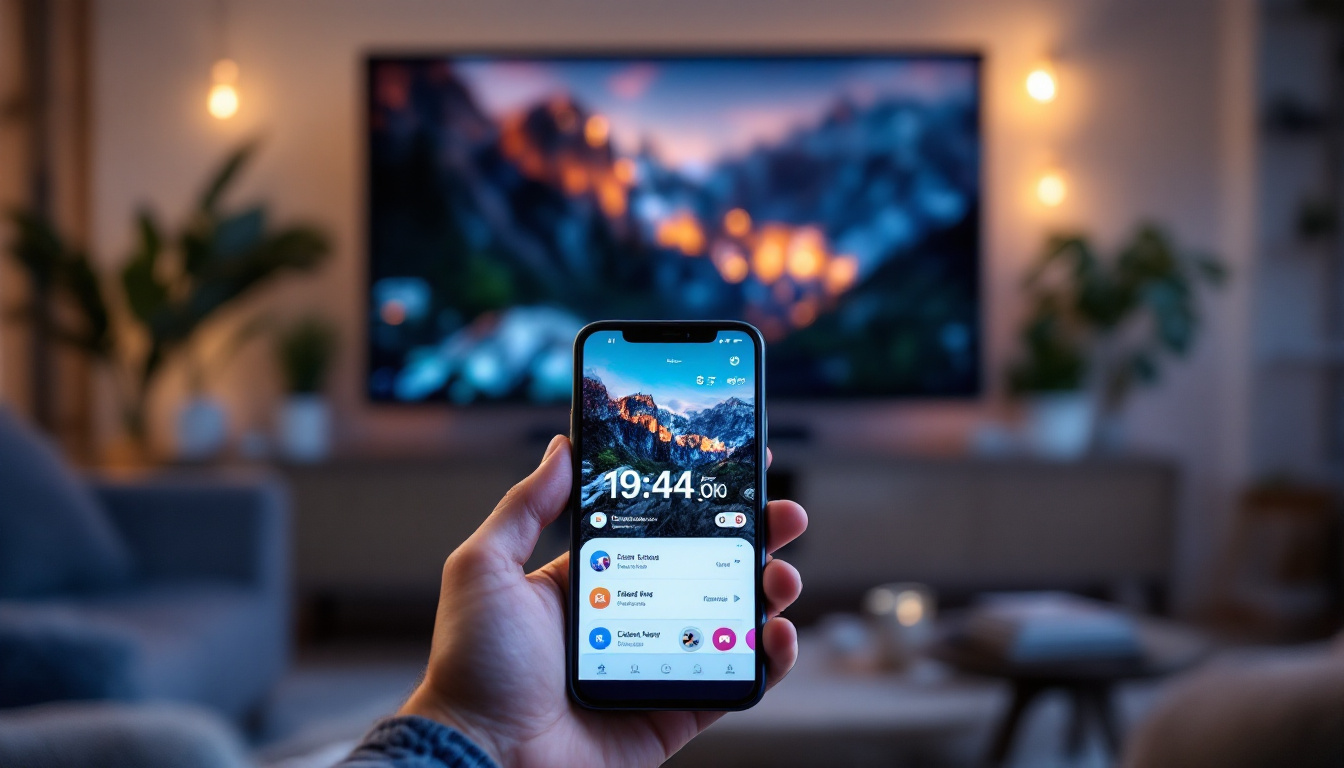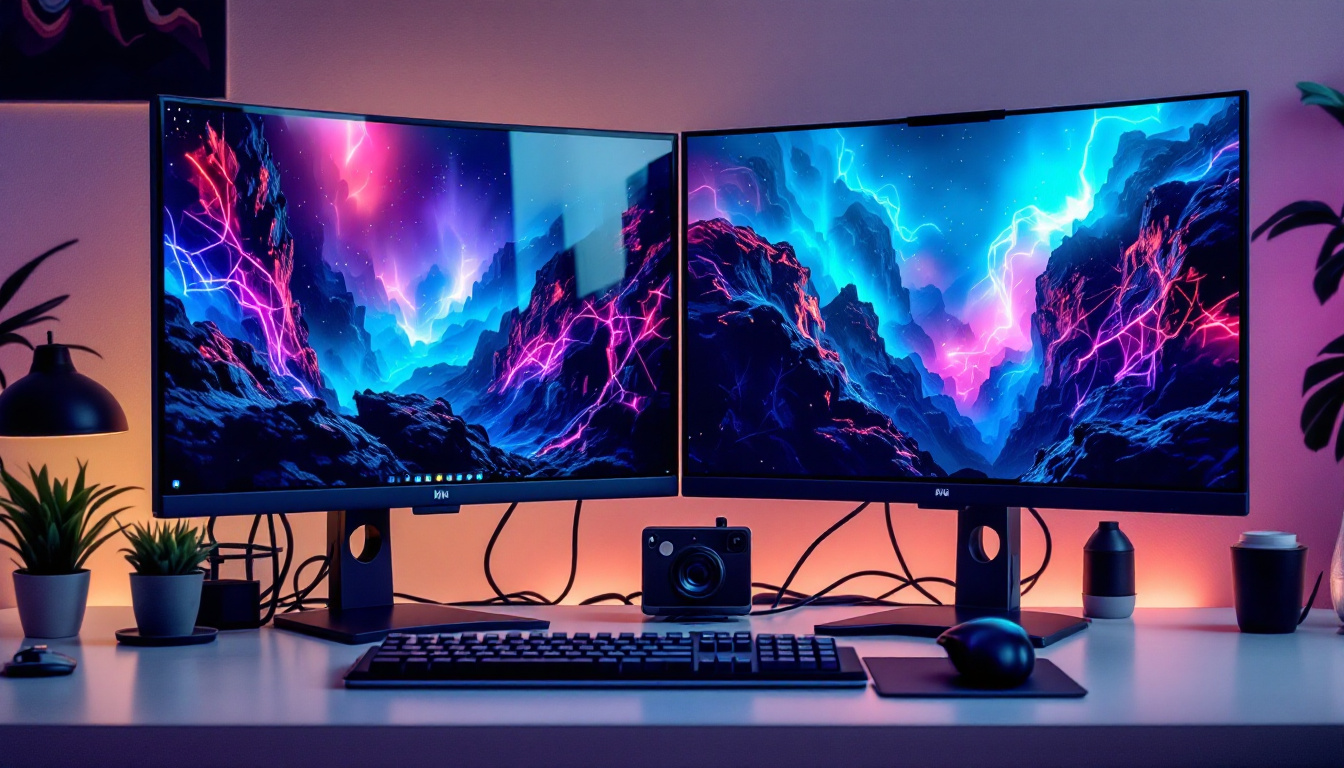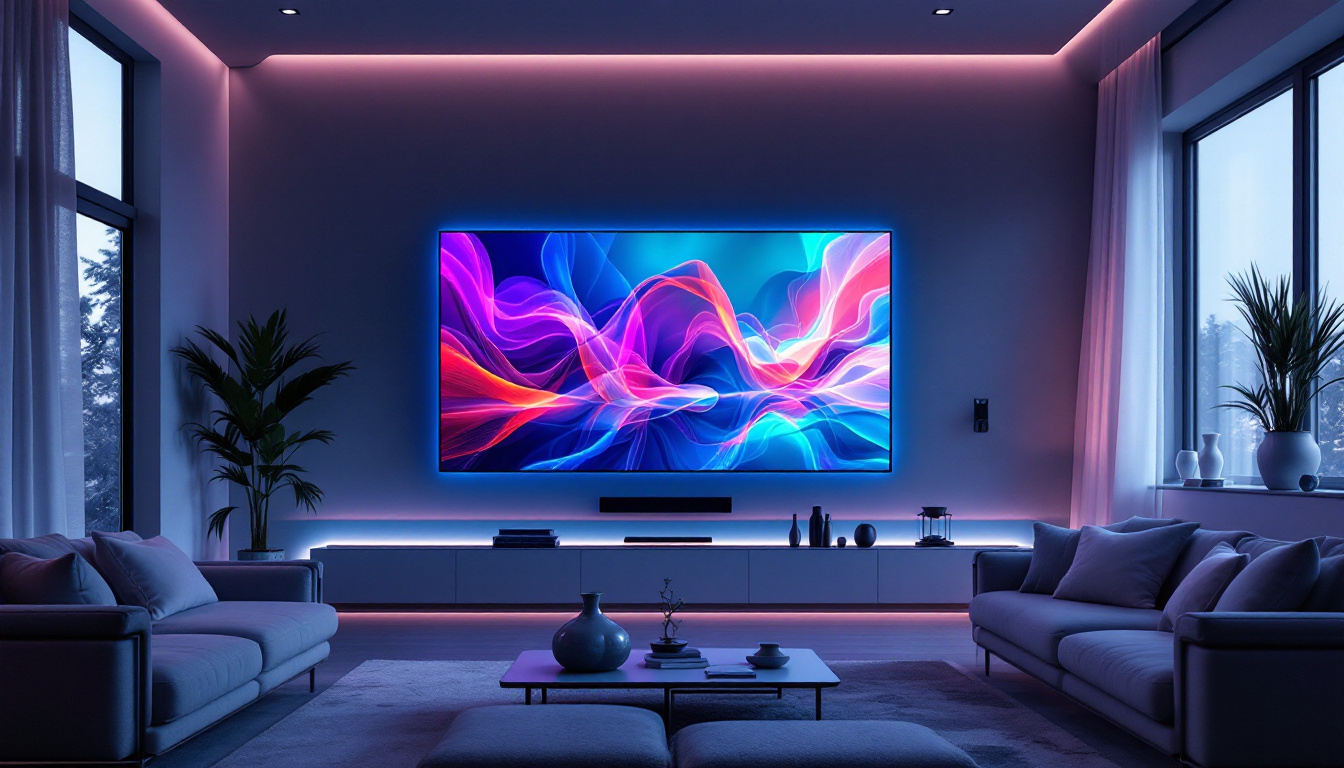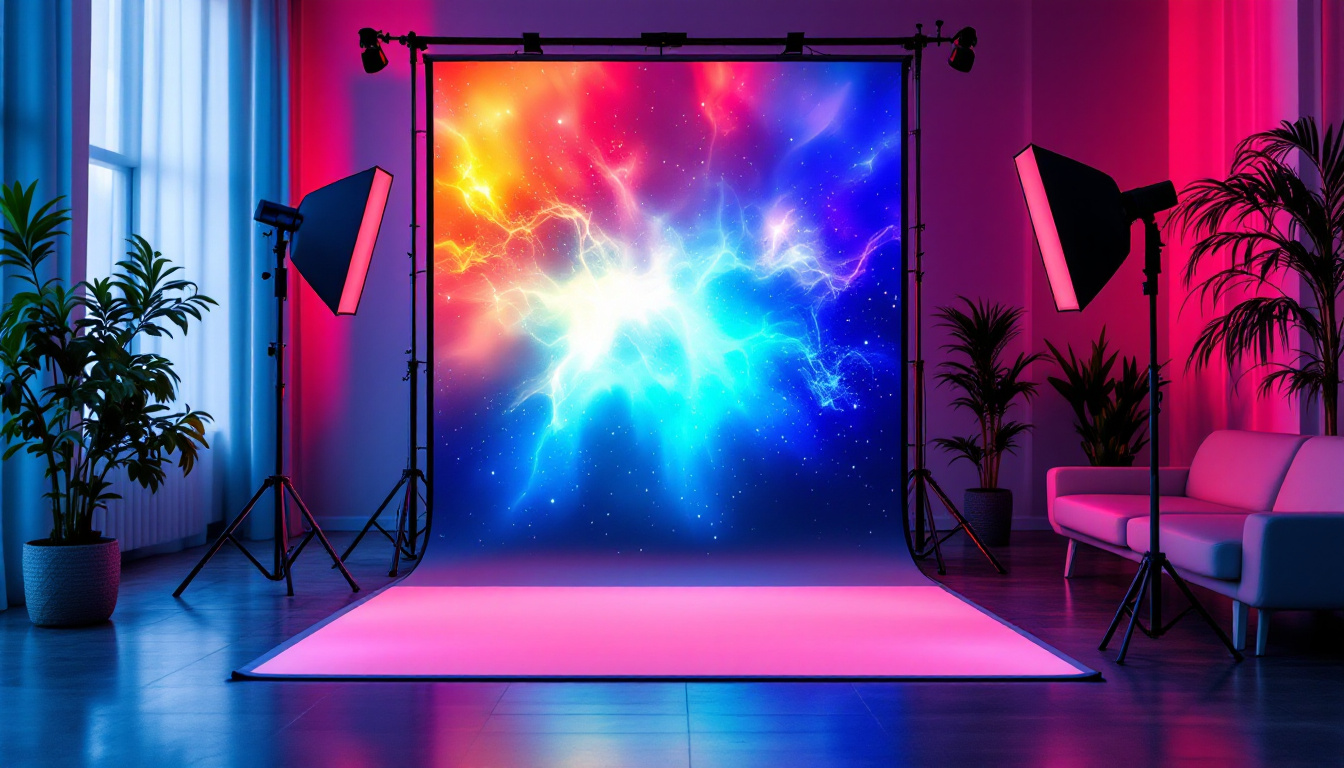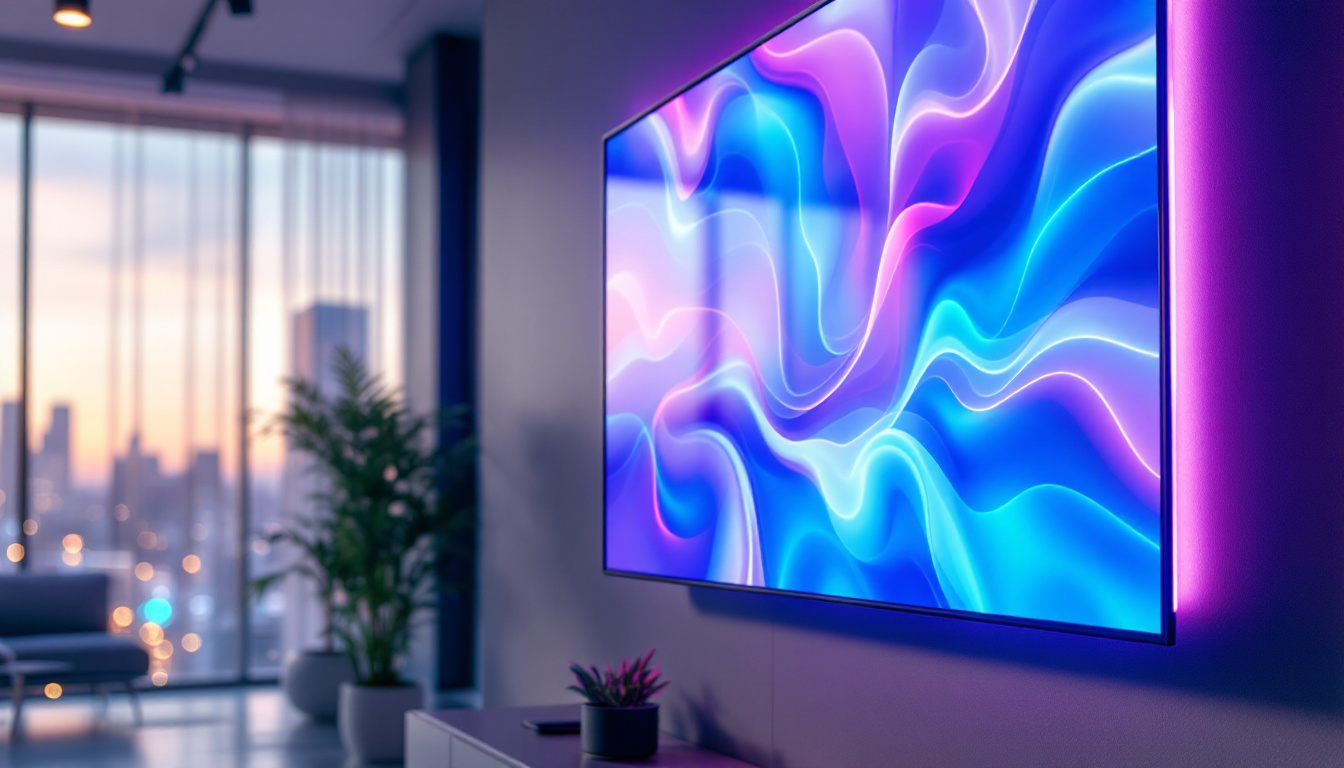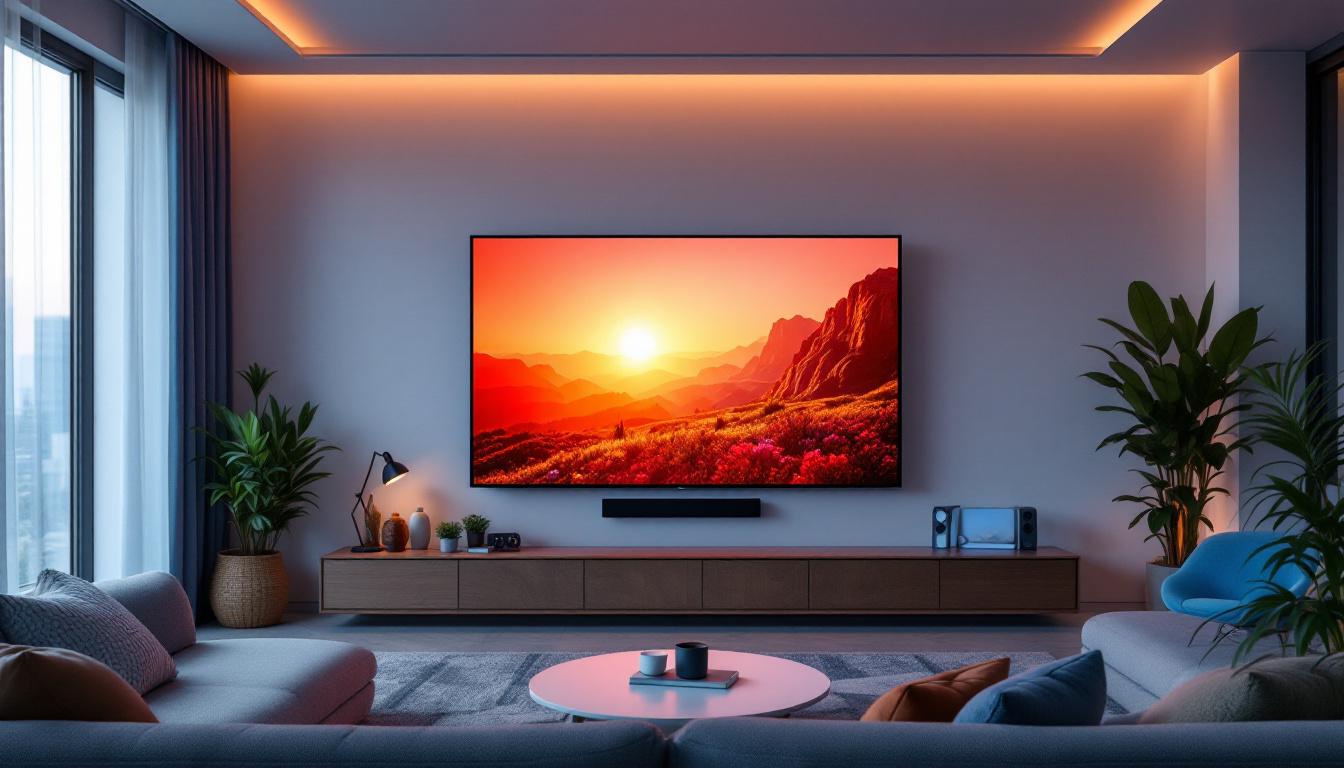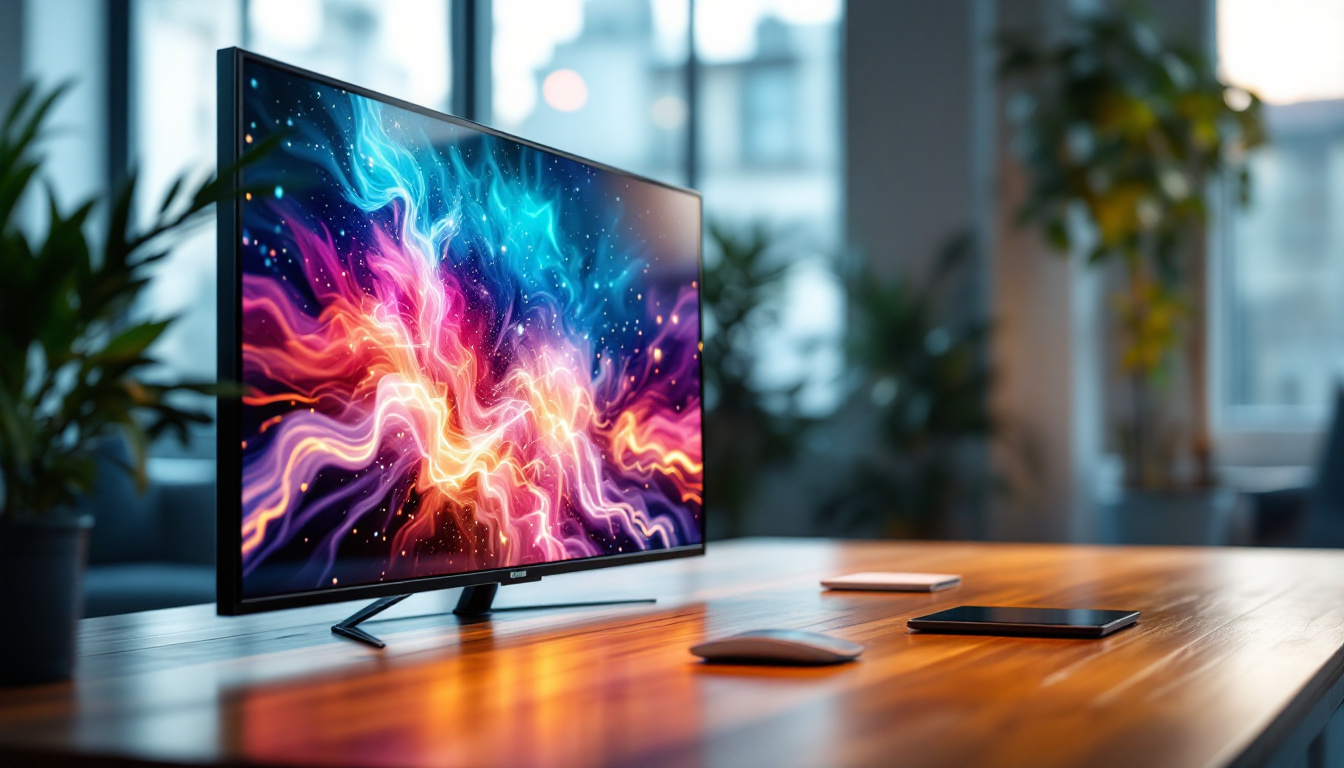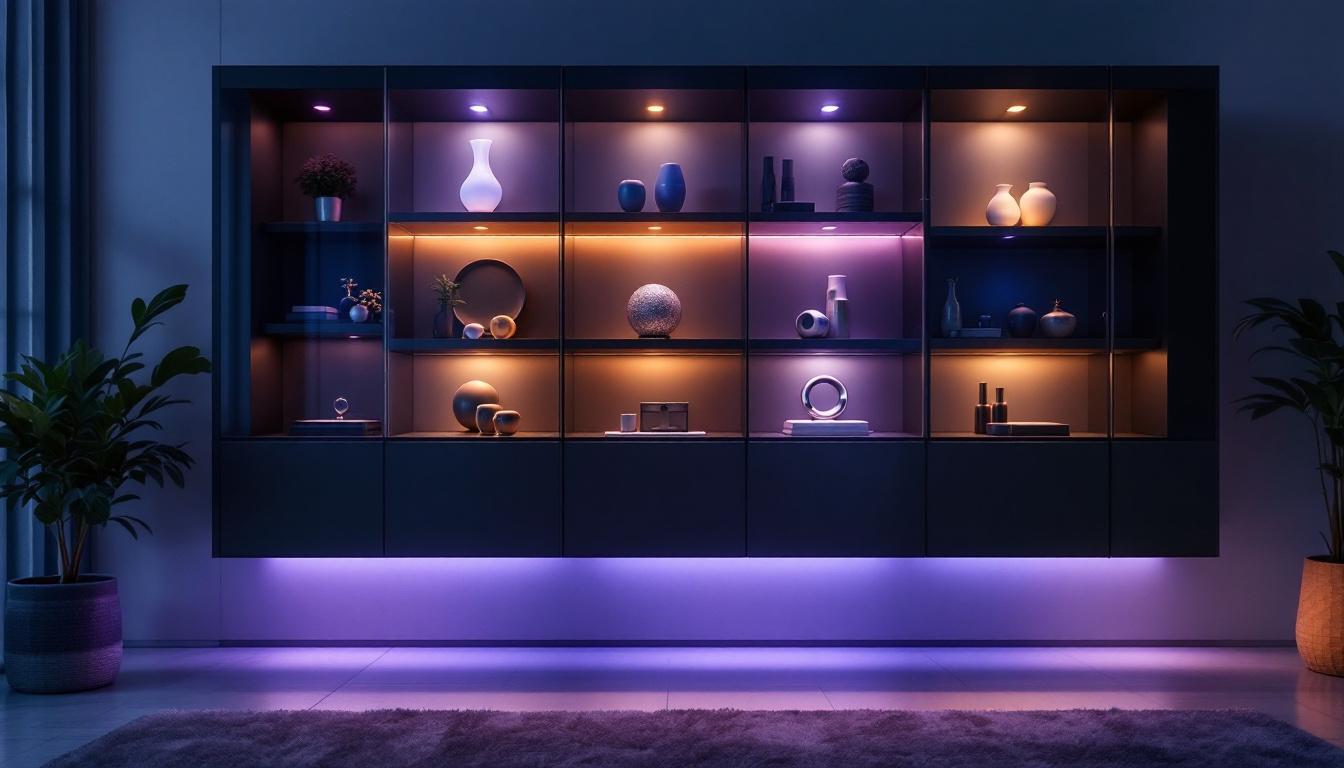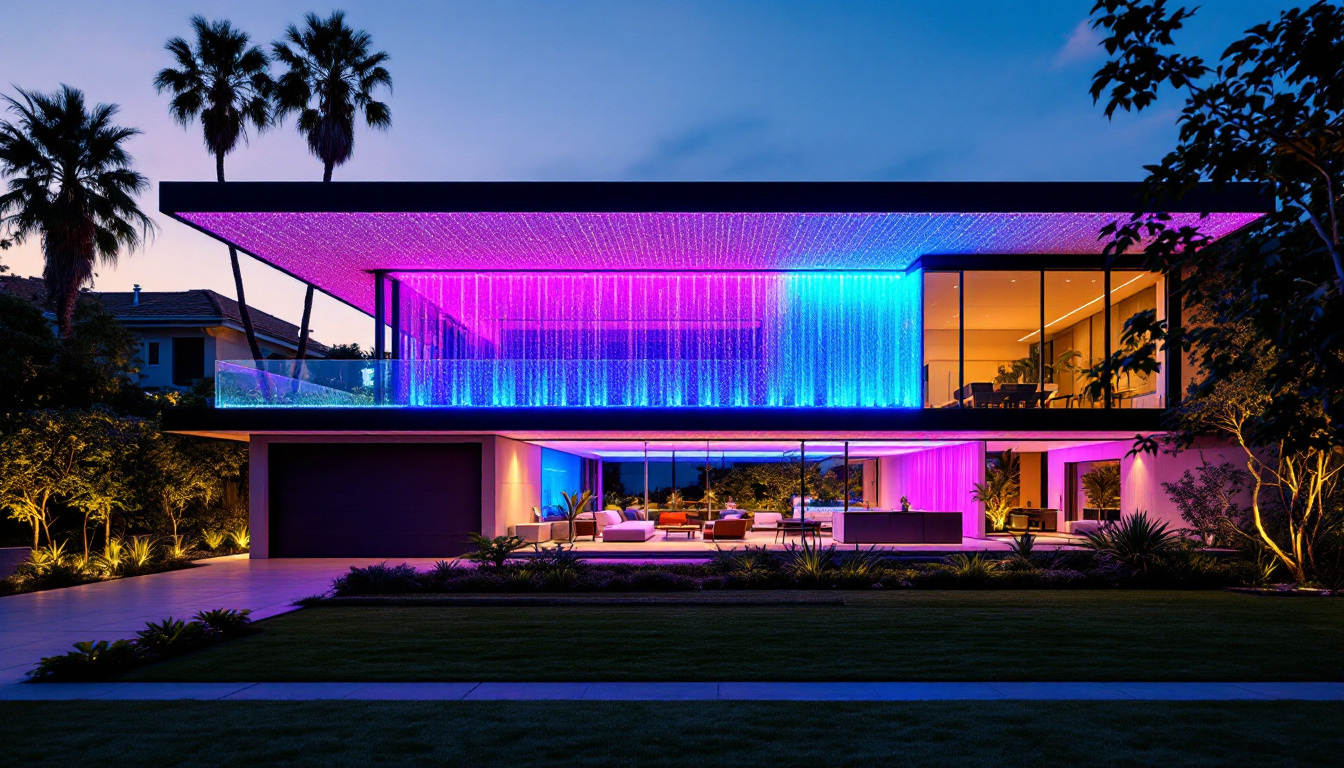In the world of technology, the monitor is a crucial component that significantly influences user experience, whether for gaming, professional tasks, or casual browsing. With the advent of LED technology, monitors have evolved not just in functionality but also in size. This article delves into the popular monitor sizes available today, discussing their applications, advantages, and considerations to help you choose the right display for your needs.
Understanding Monitor Sizes
Monitor sizes are typically measured diagonally from one corner of the screen to the opposite corner. This measurement is expressed in inches and is a key factor in determining how much screen real estate a user has at their disposal. As technology has progressed, the range of sizes available has expanded, catering to diverse needs and preferences. The choice of monitor size can significantly affect user experience, influencing everything from comfort during long hours of work to the level of immersion in gaming environments.
Common Size Categories
Monitors can be broadly categorized into several sizes, each serving different purposes. The most common sizes include:
- 21 to 24 inches: Ideal for casual users and office work.
- 27 to 32 inches: Popular among gamers and graphic designers for enhanced detail.
- 34 inches and above: Ultra-wide monitors for immersive experiences and multitasking.
Each of these categories has its own set of advantages and disadvantages, making it essential to consider the intended use when selecting a monitor size. For instance, a 21 to 24-inch monitor is often sufficient for basic tasks such as web browsing, document editing, and video conferencing, making it a cost-effective choice for home offices. In contrast, the larger 27 to 32-inch monitors provide a more expansive view, allowing for intricate graphic design work and gaming where detail and clarity are paramount. Ultra-wide monitors, measuring 34 inches and above, are particularly favored by professionals who require extensive screen space for multitasking or by gamers seeking a more immersive experience that draws them into the action.
Aspect Ratios
Alongside size, aspect ratio plays a significant role in monitor performance. The most common aspect ratios are 16:9, 16:10, and 21:9. The traditional 16:9 ratio is prevalent in most monitors, providing a good balance for watching videos and gaming. The 16:10 ratio offers slightly more vertical space, which can be beneficial for productivity tasks. Meanwhile, the 21:9 ultra-wide ratio is becoming increasingly popular for gaming and multitasking, as it allows users to have multiple windows open side by side. This feature is particularly advantageous for professionals who work with spreadsheets or design software, as it enhances workflow efficiency by reducing the need to switch between tabs or applications.
Moreover, the choice of aspect ratio can also impact the overall viewing experience. For example, while 16:9 monitors are excellent for standard video content, they may not fully utilize the screen space for certain applications, leading to black bars on the sides during playback. On the other hand, ultra-wide monitors with a 21:9 aspect ratio can provide a cinematic experience, making them ideal for watching movies or playing games designed for wider formats. As content creation continues to evolve, the demand for monitors that can handle various aspect ratios is likely to grow, prompting manufacturers to innovate and offer more versatile options to meet consumer needs.
Popular Monitor Sizes and Their Applications
Different monitor sizes cater to specific needs, and understanding these applications can help users make informed decisions.
21 to 24 Inches: The Standard Office Monitor
Monitors in the 21 to 24-inch range are often considered standard for office environments. They strike a balance between screen size and desk space, making them suitable for various tasks, including word processing, spreadsheets, and web browsing.
These monitors typically offer Full HD (1920 x 1080) resolution, providing clear visuals for everyday tasks. They are also energy-efficient, which is a significant consideration for businesses looking to reduce operational costs. Furthermore, many models in this size range come with ergonomic features such as height adjustment and tilt capabilities, enhancing user comfort during long hours of use.
In addition to their practicality, these monitors often include built-in blue light filters and flicker-free technology, which can help reduce eye strain during extended use. This is particularly important in today’s work environment, where many employees spend upwards of eight hours a day in front of a screen. Some models even offer customizable settings for different tasks, allowing users to switch between modes for reading, gaming, or graphic design, thereby enhancing overall productivity and comfort.
27 to 32 Inches: The Creative and Gaming Choice
For those who require more screen real estate, monitors in the 27 to 32-inch range are ideal. These displays often feature higher resolutions, such as 1440p (2560 x 1440) or even 4K (3840 x 2160), allowing for more detailed visuals. This level of clarity is particularly advantageous for graphic designers, video editors, and gamers who need precise color accuracy and immersive experiences.
Additionally, many 27 to 32-inch monitors come equipped with advanced technologies such as G-Sync or FreeSync, which reduce screen tearing during gaming. The larger screen size also facilitates multitasking, enabling users to work on multiple applications simultaneously without feeling cramped.
Moreover, these monitors often include features like HDR (High Dynamic Range), which enhances the contrast and color range, making images and videos look more lifelike. This is especially beneficial for creative professionals who rely on accurate color representation in their work. With the ability to connect multiple devices through various ports, including HDMI and DisplayPort, users can easily switch between their gaming console, PC, and other peripherals, making these monitors a versatile choice for both work and play.
34 Inches and Beyond: The Ultra-Wide Experience
Ultra-wide monitors, typically starting at 34 inches, are designed for users seeking an expansive viewing experience. These monitors often feature a 21:9 aspect ratio, allowing for a wider field of view. This is particularly beneficial for gamers, as it enhances immersion by providing a more panoramic perspective.
Moreover, ultra-wide monitors are excellent for productivity, as they allow users to have multiple applications open side by side without the need for multiple screens. This can be a game-changer for professionals who work with large datasets, video editing software, or design applications, as it streamlines workflow and enhances efficiency.
Additionally, many ultra-wide monitors come with built-in picture-in-picture (PiP) capabilities, which enable users to view content from two different sources simultaneously. This feature is particularly useful for professionals who need to monitor real-time data while working on presentations or reports. The immersive experience provided by ultra-wide monitors also extends to entertainment, as they are ideal for watching movies and playing games, offering a cinematic experience that standard monitors simply cannot match. With the advent of curved ultra-wide monitors, users can enjoy an even more engaging viewing experience, as the curved screen design helps to reduce distortion and enhance depth perception.
Factors to Consider When Choosing a Monitor Size
Selecting the right monitor size involves more than just personal preference. Several factors should be taken into account to ensure the best fit for your needs.
Desk Space and Setup
Before purchasing a monitor, it is crucial to assess the available desk space. Larger monitors require more room, and it is essential to ensure that the monitor can be comfortably accommodated without overcrowding the workspace. Additionally, consider the distance from which the monitor will be viewed; larger screens may necessitate sitting further back to avoid eye strain.
Resolution and Visual Quality
The resolution of a monitor significantly impacts visual quality. Higher resolutions provide sharper images and more detail, which is particularly important for tasks such as photo editing or gaming. When selecting a monitor size, consider the resolution that will best complement the size. For example, a 27-inch monitor with 1440p resolution offers a much better visual experience than a 24-inch monitor with the same resolution.
Intended Use
Understanding the primary use of the monitor is vital. Casual users may find a 21 to 24-inch monitor sufficient for browsing and office tasks, while gamers and creative professionals may benefit from larger displays with higher resolutions. Identifying the primary applications will help narrow down the options and ensure that the chosen monitor meets specific requirements.
Trends in Monitor Sizes
The landscape of monitor sizes is continually evolving, influenced by advancements in technology and changing user needs. Several trends have emerged in recent years that are shaping the future of display technology.
Rise of Ultra-Wide Monitors
As mentioned earlier, ultra-wide monitors are gaining popularity among gamers and professionals alike. Their ability to provide a more immersive experience and enhance productivity has led to increased demand. Manufacturers are responding by releasing a wider variety of ultra-wide models, catering to different budgets and preferences.
Increased Focus on Ergonomics
With more people working from home and spending extended hours in front of screens, ergonomic design has become a priority. Many new monitors feature adjustable stands, blue light filters, and flicker-free technology to enhance user comfort. This trend is likely to continue as awareness of the importance of ergonomics in the workplace grows.
Integration of Smart Features
Modern monitors are increasingly being equipped with smart features, such as built-in speakers, USB-C connectivity, and even integrated webcams. These features enhance the overall user experience and streamline setups, making monitors more versatile for various applications, from gaming to remote work.
Conclusion
Choosing the right monitor size is a crucial decision that can significantly impact productivity and overall user experience. With a variety of sizes available, from compact 21-inch displays to expansive ultra-wide monitors, there is a solution for every need. Understanding the applications, advantages, and emerging trends in monitor technology can help users make informed decisions that align with their specific requirements.
As technology continues to advance, monitor sizes and features will evolve, offering even more options for users. Whether for gaming, professional tasks, or casual use, the right monitor can enhance performance and enjoyment, making it an essential investment in today’s digital landscape.
Discover the Perfect LED Display with LumenMatrix
Ready to elevate your visual experience with a monitor that meets your specific needs? Look no further than LumenMatrix, a leader in LED display technology. Whether you’re seeking to boost your brand visibility, immerse yourself in gaming, or enhance your professional workspace, LumenMatrix offers a comprehensive range of solutions including Indoor and Outdoor LED Wall Displays, Vehicle LED Displays, and more. Embrace the future of visual communication and check out LumenMatrix LED Display Solutions today to find the perfect match for your digital landscape.

